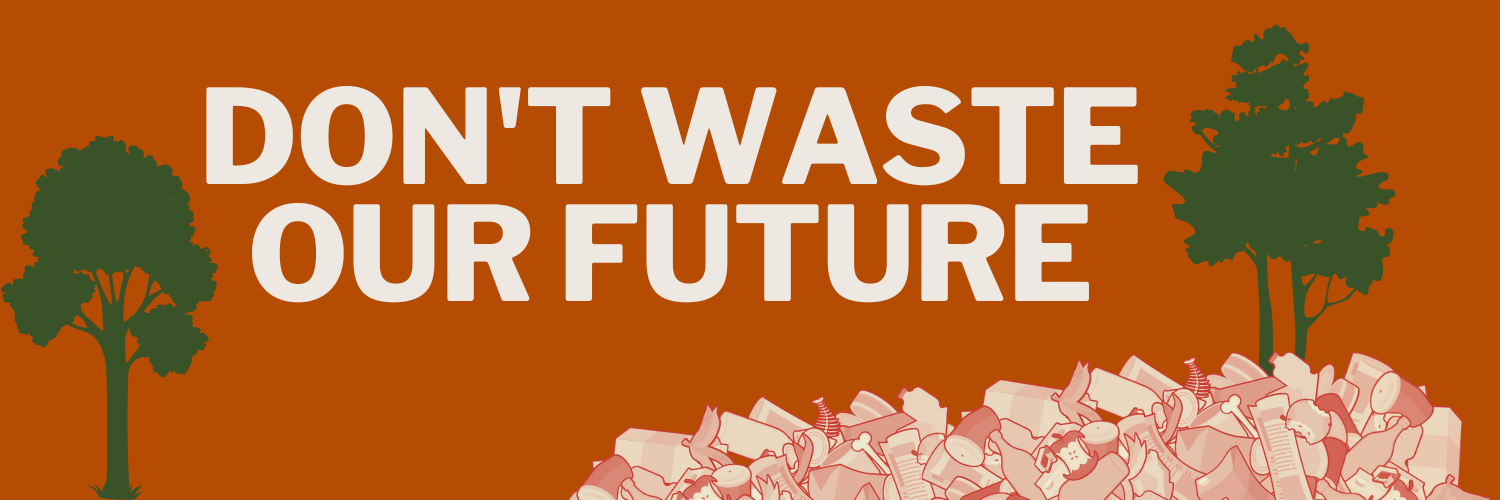Waste dashboard: michigan
Landfills across Michigan and the country are causing massive amounts of global warming through methane: a super-pollutant that is approximately 80 times more potent than carbon dioxide in the short term. Michigan is the sixth-largest emitter of landfill methane in the country. The majority of landfill methane emissions come from organic waste like food scraps, yard clippings, and paper. Science tells us that drastically reducing methane is the most impactful action we can take now to slow climate change – and as the third-largest source of industrial methane emissions, landfills are a clear next step. Senate Bill 271, which became law in November 2023, gives Michigan regulators authority to determine how harmful methane from landfills with biogas infrastructure is captured, detected, and mitigated. Now, we need the Whitmer Administration to rise to the occasion and emerge as a national leader in cutting state methane emissions. At the same time, the most effective way to prevent new landfill emissions is to never bury or burn waste. This year, counties are required to assess and plan for more recycling options for residents, as part of implementing a state law that was passed to increase the state’s 19 percent recycling rate (among the lowest in the nation) to 30 percent by 2029.
learn more about how landfills impact the health and well-being of michigan communities.

Industrious Labs’ analysis is based on the following data sources:
U.S. EPA Greenhouse Gas Reporting Program (GHGRP) 2022: Facilities emitting over 25,000 metric tons of CO2-equivalent/year. Industrial sectors included: Chemical Manufacturing, Food Processing, Metals, Minerals, Mining, Other Manufacturing, Petroleum and Natural Gas Systems, Petroleum Refineries, Pulp and Paper, and Waste.
U.S. EPA Landfill Methane Outreach Program (LMOP) (July 2023)
U.S. EPA GHG Equivalency calculator
*MT = metric tons
The Environmental Protection Agency (EPA) has "been understating methane emissions from landfills by a factor of two," said Susan Thorneloe, a senior chemical engineer at the EPA who has worked on the agency's methane estimation methods since the 1980s.
Part of the problem may be that the EPA's methods for estimating landfill methane emissions are outdated and flawed, Thornloe said. Thorneloe helped craft the current estimate method, and she said it "was developed over 30 years ago using empirical data for about 40 landfills.”
Citing new research out of California, she has come to believe the agency underestimates emissions.” - NPR , July 13, 2021.



